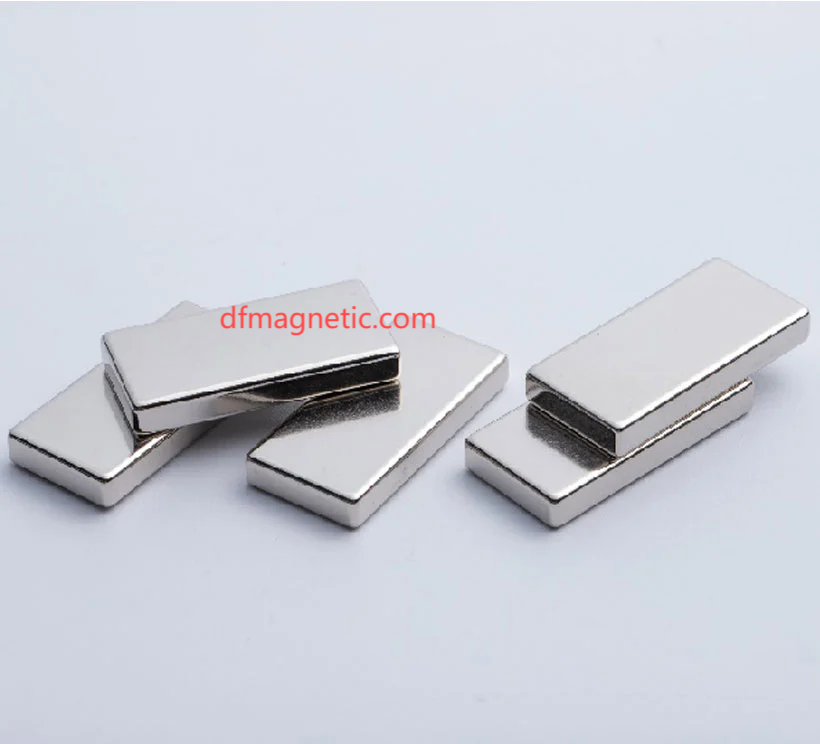As the competition for extended driving range in the electric vehicle (EV) market intensifies, there is an increasing demand for more efficient and lightweight drive systems. One key area of innovation is the integration of Special Shaped Sintered NdFeB Magnets in the drive motors. These magnets, with their customized shapes and designs, significantly improve power density and optimize the use of space within the motor. By employing asymmetric arc surface designs and advanced multi-pole magnetization techniques, these special-shaped magnets can enhance motor efficiency by a substantial margin, while also reducing the total amount of magnets used in the process.
In the automotive sector, manufacturers are increasingly opting for innovative solutions, such as segmental fan-shaped magnets, replacing traditional rectangular magnets. This adjustment improves the slot fill factor of the motor stator, resulting in better torque delivery and reduced fluctuations in the system. The introduction of these specialized magnets not only contributes to the overall performance of the drive motor but also helps in minimizing material usage, making the system both more efficient and cost-effective.
As electric vehicles continue to push the boundaries of performance, there is also increasing pressure from regulatory bodies, such as the Ministry of Industry and Information Technology’s "Energy-saving and New Energy Vehicle Technology Roadmap." The roadmap sets clear goals for power density improvement in electric drive systems, driving the demand for thinner, curved, and more precisely shaped magnets. To meet these regulatory targets, manufacturers are focusing on developing production lines capable of creating thin-walled (≤3mm thickness) and curved special-shaped magnets, which are crucial for achieving the next level of performance in the electric motor sector.
Special Shaped Sintered NdFeB Magnets are becoming the backbone of innovations that push the boundaries of what is possible in the electric vehicle industry. Their role in enhancing motor performance, reducing energy consumption, and contributing to the lightweight design of EVs makes them a key technology in the drive for more sustainable, efficient, and higher-performing electric vehicles. As the industry adapts to the evolving demands of consumers and regulatory bodies, the integration of these advanced magnets will be central to the future of electric mobility.
click dfmagnetic.com to reading more information

